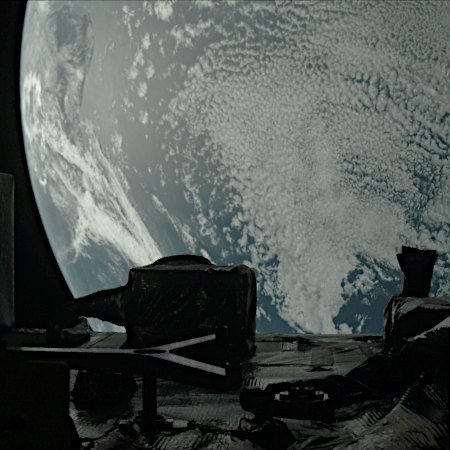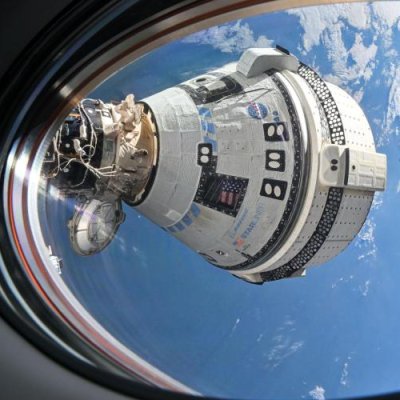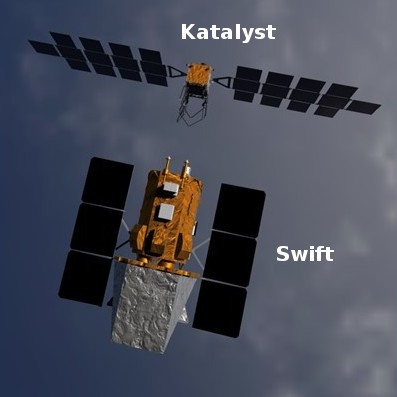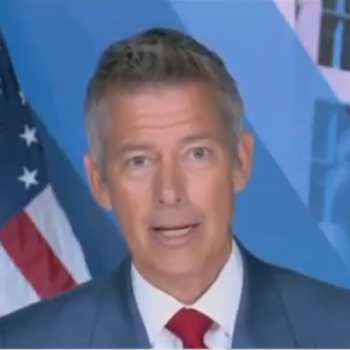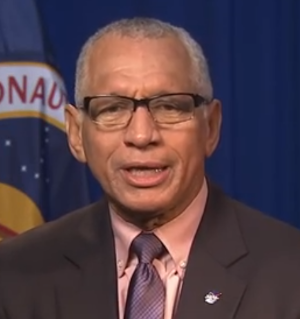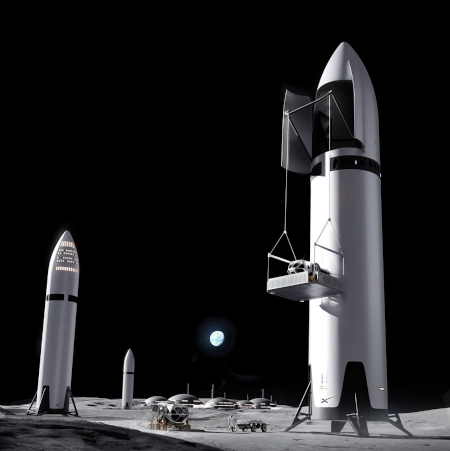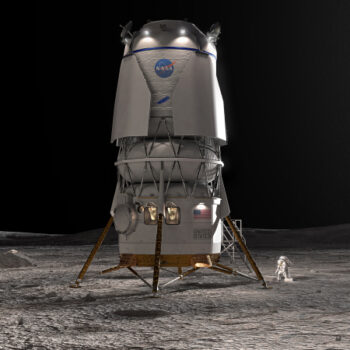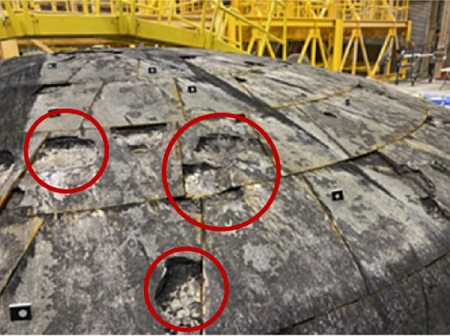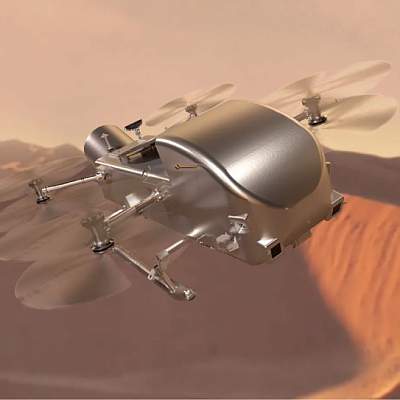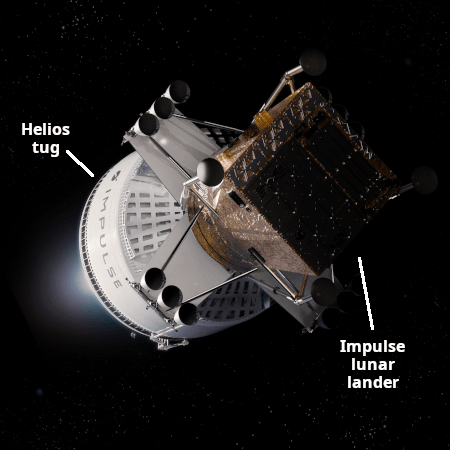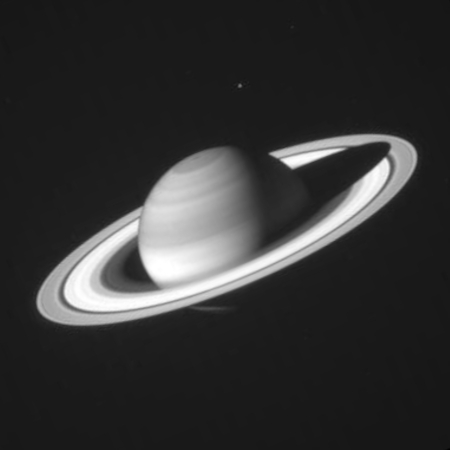NASA releases images during Osiris-Apex’s fly-by of Earth in late September
NASA today released photos taken by the asteroid probe Osiris-Apex (formerly Osiris-Rex) as it swung past the Earth on September 23, 2025 at a distance 2,136 miles, on its way to the asteroid Apophis.
The picture to the right, cropped, reduced, and sharpened to post here, was one of about 424 images taken by the spacecraft during the fly-by. From those, scientists compiled a movie, which you can view here. As this picture shows, South America was in view on the right side of the Earth.
Osiris-Apex, which had already completed its prime mission by returning samples from the asteroid Bennu, is scheduled to arrive at Apophis shortly after that asteroid’s close fly-by of the Earth on April 13, 2029. The Trump administration had threatened to shut it down for budget reasons, but Congress restored those funds in ending the government shut down.
At that time Apophis will zip past only 20,000 miles from Earth. There will be no chance of collision. Nor is there much chance Apophis will hit the Earth in the next two centuries. Its orbit however makes it a potentially dangerous asteroid, and that 2029 fly-by could change these calculations.
NASA today released photos taken by the asteroid probe Osiris-Apex (formerly Osiris-Rex) as it swung past the Earth on September 23, 2025 at a distance 2,136 miles, on its way to the asteroid Apophis.
The picture to the right, cropped, reduced, and sharpened to post here, was one of about 424 images taken by the spacecraft during the fly-by. From those, scientists compiled a movie, which you can view here. As this picture shows, South America was in view on the right side of the Earth.
Osiris-Apex, which had already completed its prime mission by returning samples from the asteroid Bennu, is scheduled to arrive at Apophis shortly after that asteroid’s close fly-by of the Earth on April 13, 2029. The Trump administration had threatened to shut it down for budget reasons, but Congress restored those funds in ending the government shut down.
At that time Apophis will zip past only 20,000 miles from Earth. There will be no chance of collision. Nor is there much chance Apophis will hit the Earth in the next two centuries. Its orbit however makes it a potentially dangerous asteroid, and that 2029 fly-by could change these calculations.

